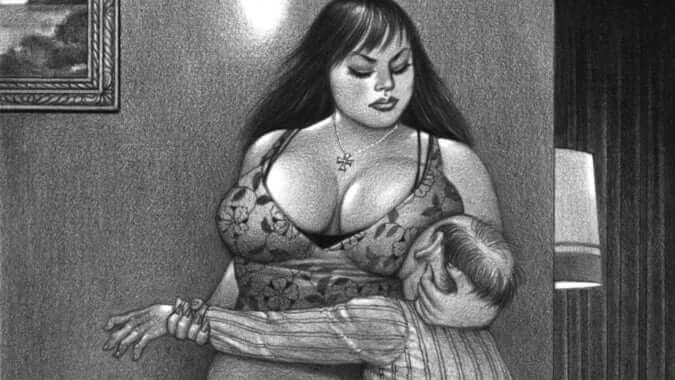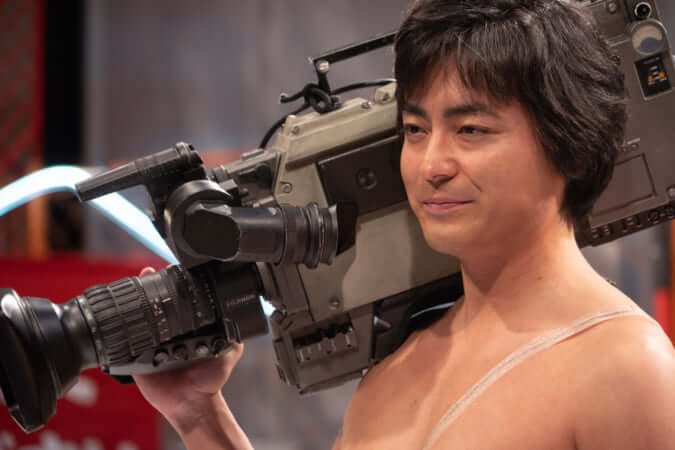Kiyoshi Awazu’s Psychedelic Prints
During Japan’s post-war decades, the pioneering graphic designer’s vivid abstractions laid foundations for the country’s graphic design.
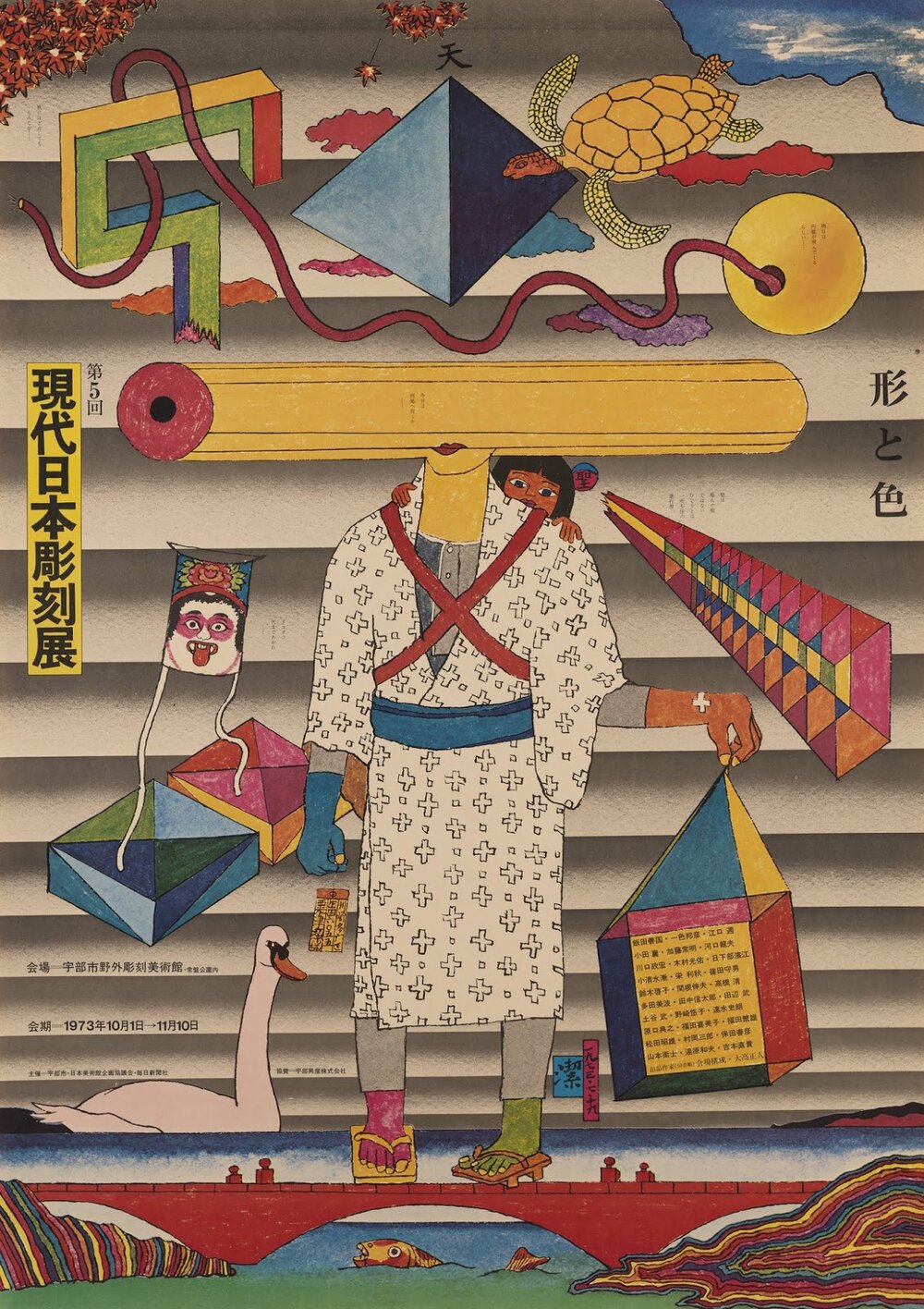
Courtesy of Ken Awazu and 21st Century Museum of Contemporary Art, Kanazawa.
Traditional motifs scatter vividly across the posters of Kiyoshi Awazu, an artist whose designs since the mid 50’s infiltrated visual arts, film, architecture, theatre, music and other aspects of Japanese media. His imaginative drawings are outlined by naturalism, but their flying colours radiate the vibrancy of urban life.
As a self-taught designer, Kiyoshi Awazu had revolutionised the world of Japanese graphic design through surrealist drawings which summons folklore into modernity. Born in 1929 in Tokyo, Kiyoshi Awazu’s original approach was forged independently since dropping out of Hosei University. His career officially began in the advertising department of Nikkatsu film studios from where his traditional techniques were honed to address the masses.
Pagan Pop Art
The brushstrokes of Western social-realist painters —like of American painter Ben Shahn in particular— influenced the meaning of his content, imbuing the lively airs of civilisation and an acute social awareness into simple designs. The way his playful surrealism filtered nostalgic Japanese motifs vividly caught the eye of the public. Kiyoshi Awazu soon rapidly rose in fame and prolifically took on commissions, designing various posters for art events, political campaigns, films, kimono companies and beyond. His all-encompassing vision was even applied to other fields, like in the facade he designed for the Metabolist’s Nibankan building. He also continued to work in film, designing campaigns for major features and even artistically producing some of his own.
Much like how ukiyo-e prints, an early form of mass consumption, are said to have direct links to manga’s contemporary forms, Kiyoshi Awazu’s prints emblematises an imaginary bridge between Japan’s feudal past and fast-paced modernity. In his own ‘floating worlds’ the influence of medieval masters penetrate each line, and their optical effects are enhanced through his psychedelic chromatics and clever abstraction. As seen in his minimal designs for the poster of International Biennial Exhibition of Prints in Tokyo, an event in fact centred around Hiroshige Utagawa, he is able to conceptualise, through basic visual elements, an archaic, symbiotic relationship to nature in the context of post-war delirium. Tinkering with Japan’s national identity, each print represents an elementary magic which penetrates through time.
Many of Kiyoshi Awazu’s works are owned and displayed at the 21st Century Museum of Contemporary Art in Kanagawa, and his son, Ken Awazu, continues to preserve his legacy.
Some of his films —his biography on the architect Antonio Gaudi, or his film of Yousuke Yamashita— are available on Youtube and can be seen below.

Courtesy of Ken Awazu and 21st Century Museum of Contemporary Art, Kanazawa.
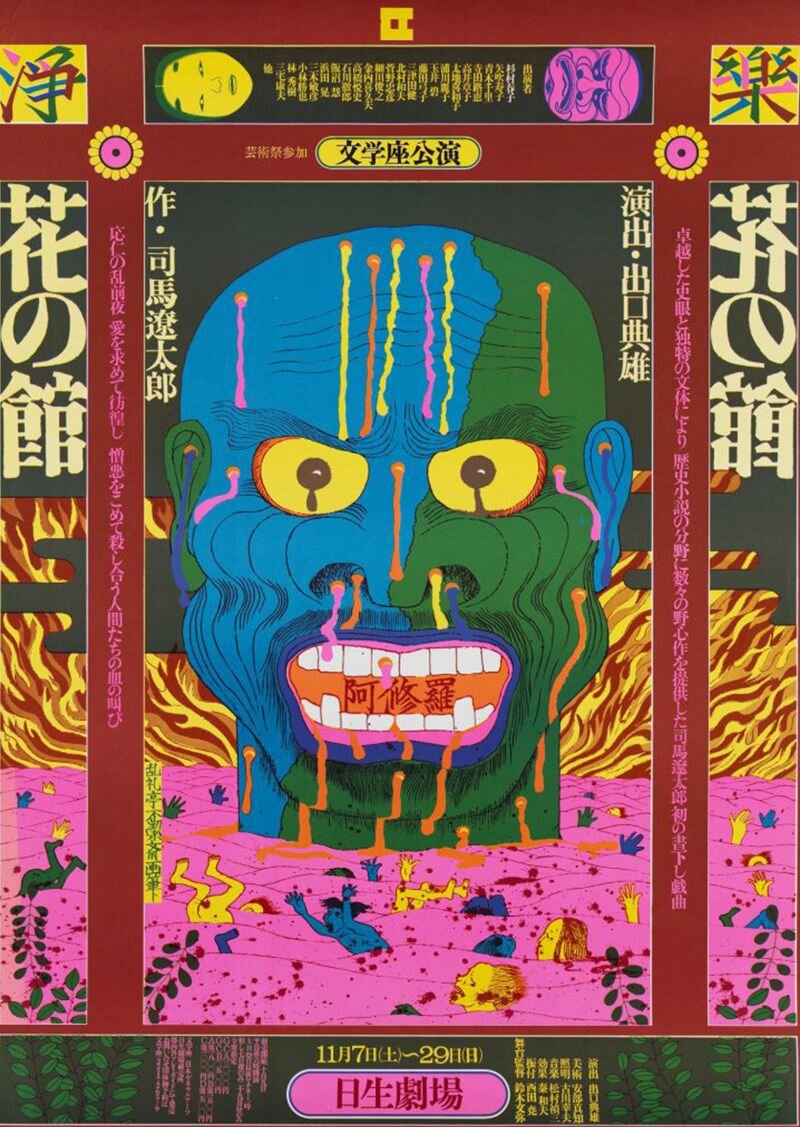
Courtesy of Ken Awazu and 21st Century Museum of Contemporary Art, Kanazawa.
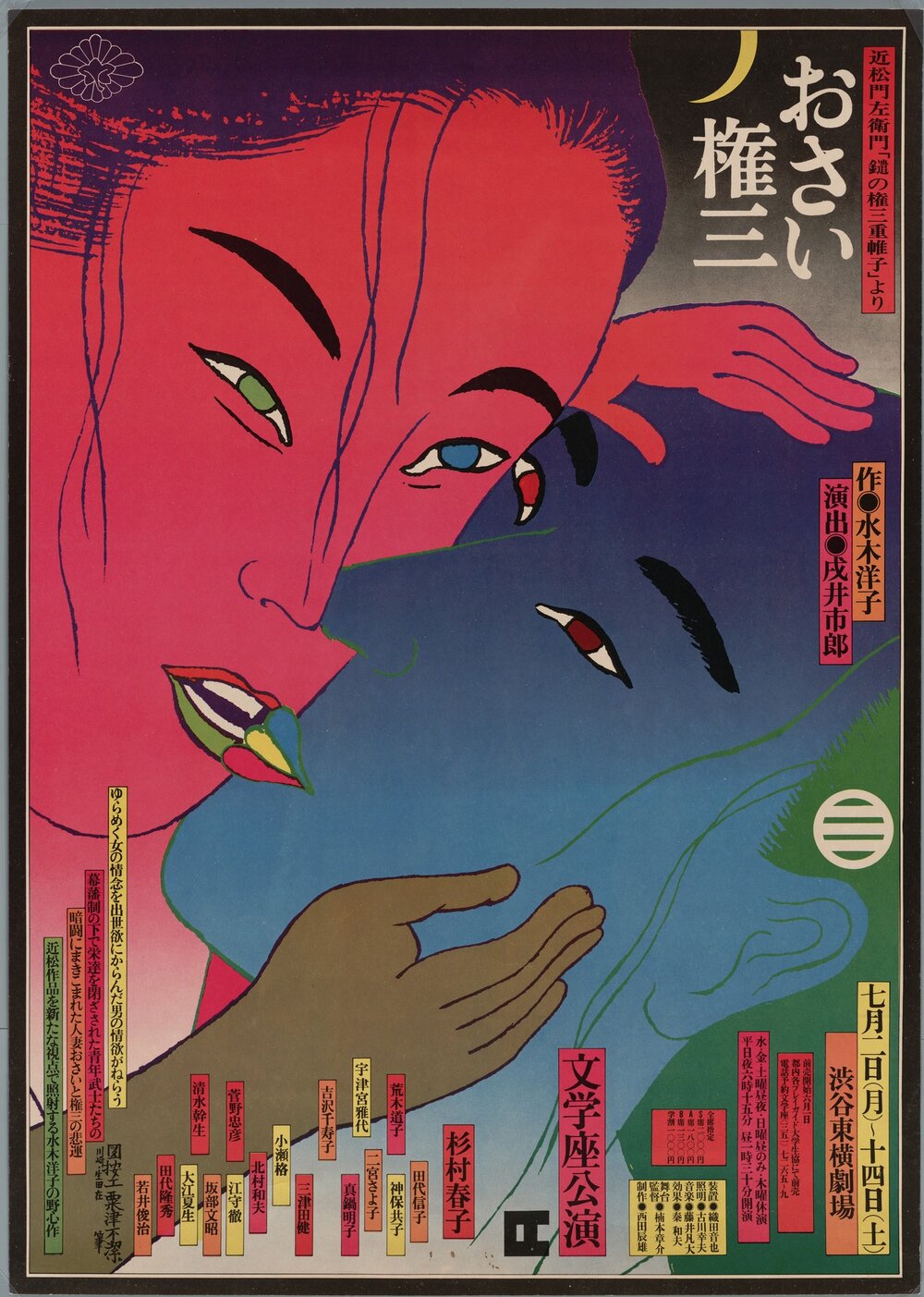
Courtesy of Ken Awazu and 21st Century Museum of Contemporary Art, Kanazawa.

Courtesy of Ken Awazu and 21st Century Museum of Contemporary Art, Kanazawa.
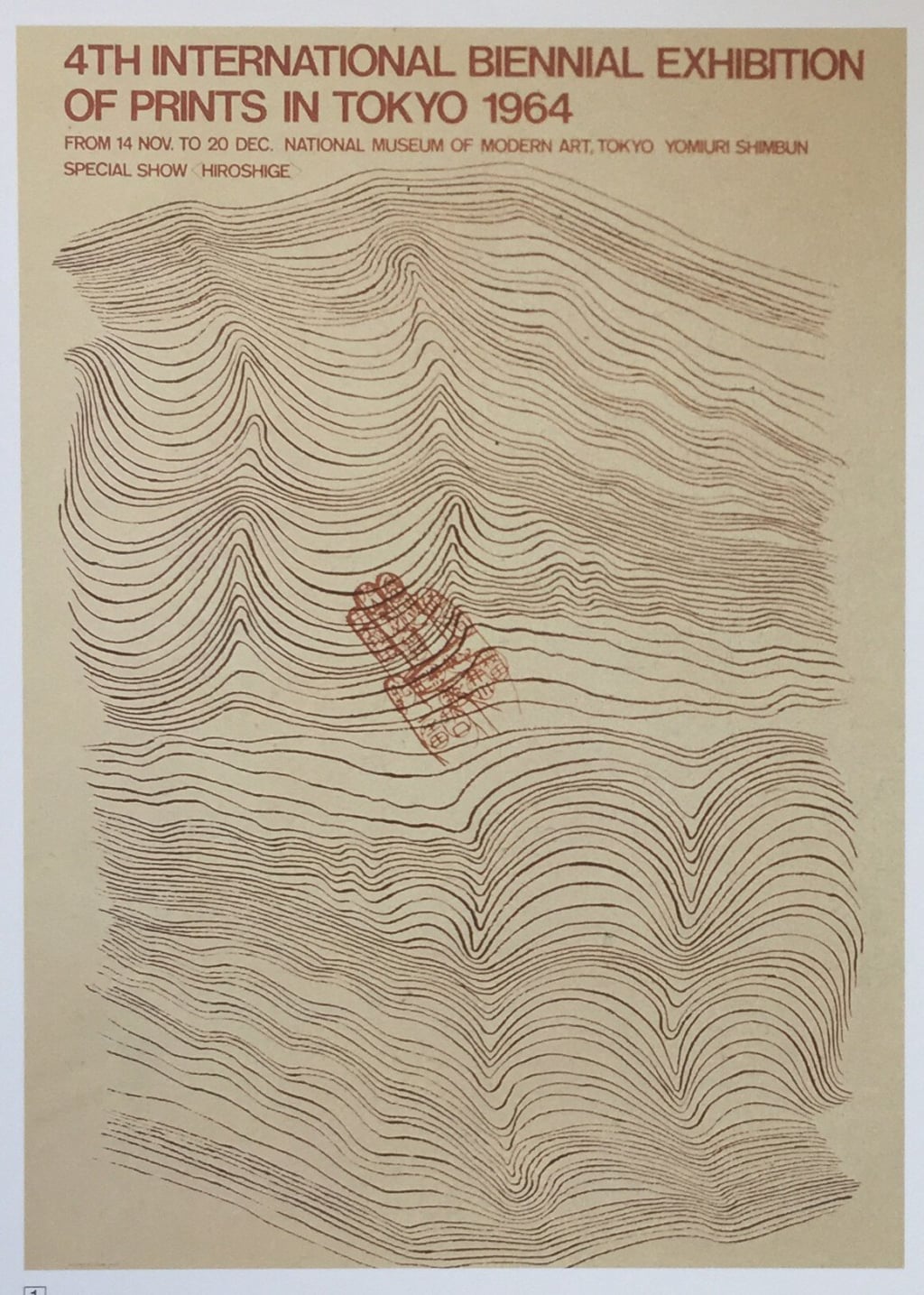
Courtesy of Ken Awazu and 21st Century Museum of Contemporary Art, Kanazawa.
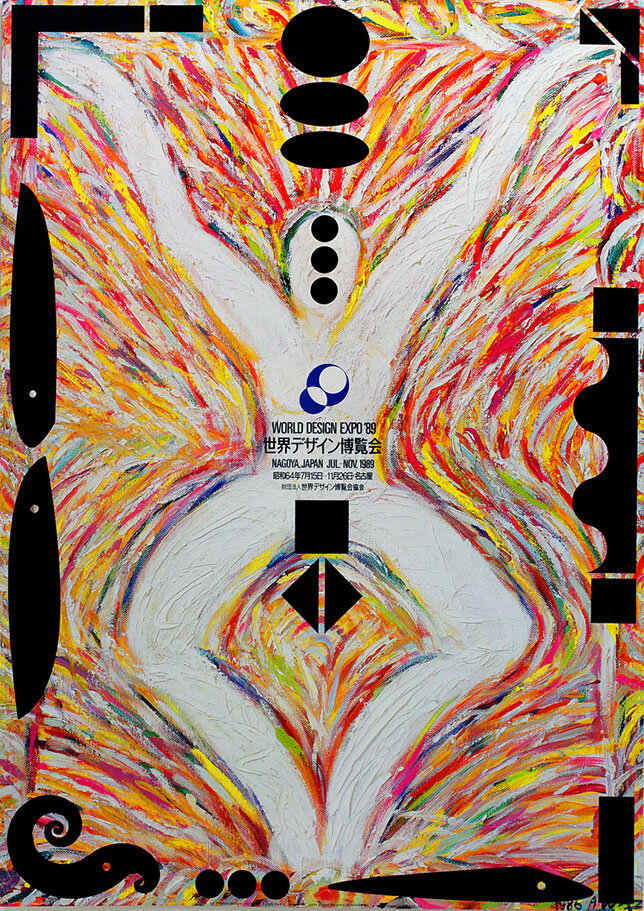
Courtesy of Ken Awazu and 21st Century Museum of Contemporary Art, Kanazawa.
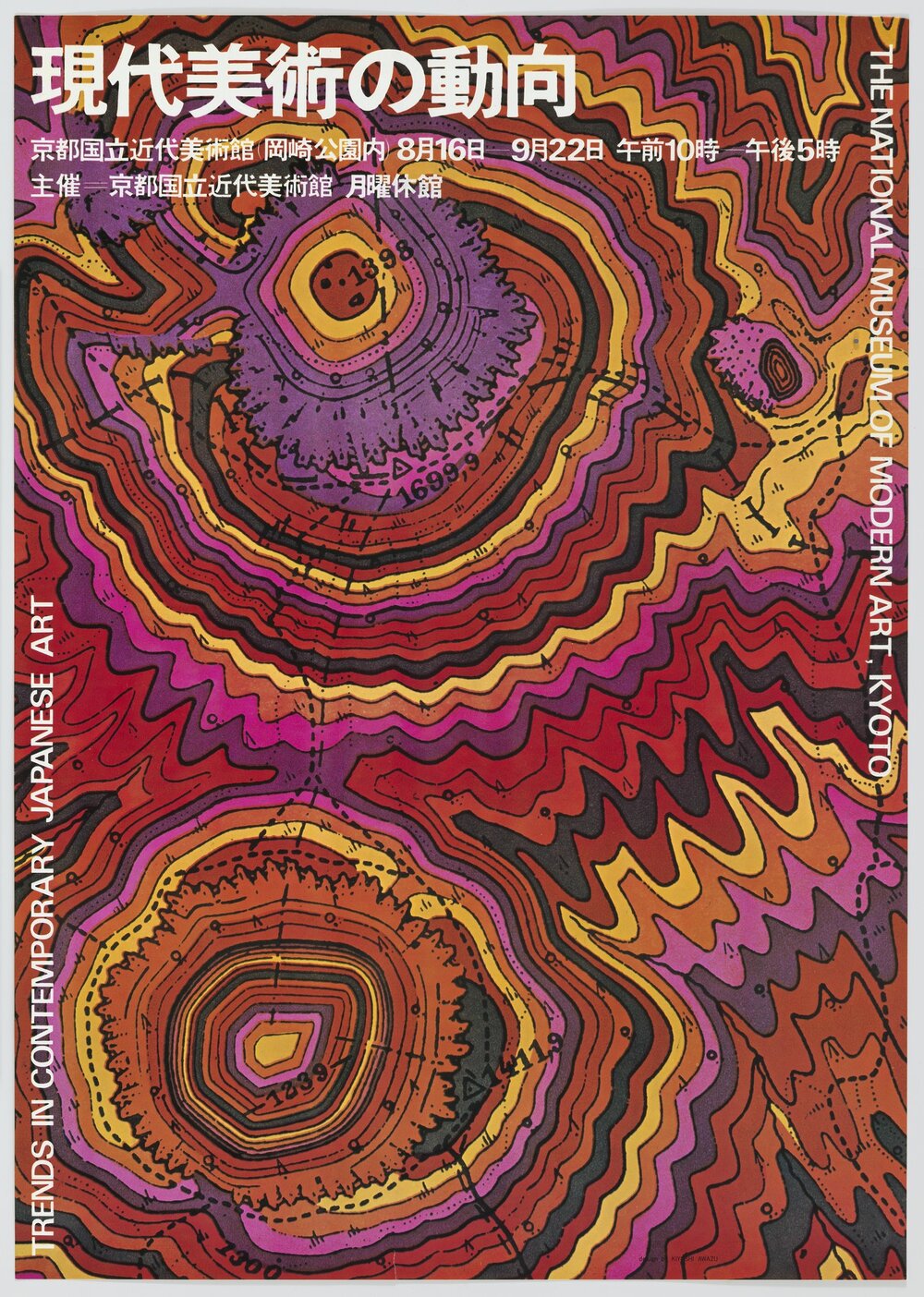
Courtesy of Ken Awazu and 21st Century Museum of Contemporary Art, Kanazawa.
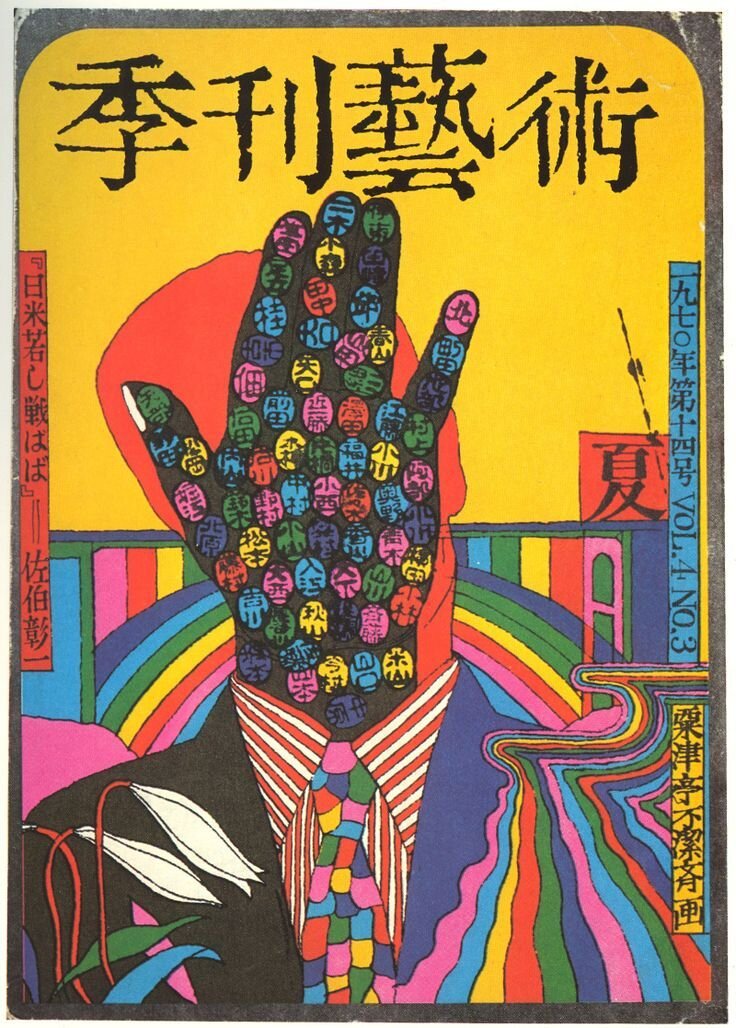
Courtesy of Ken Awazu and 21st Century Museum of Contemporary Art, Kanazawa.
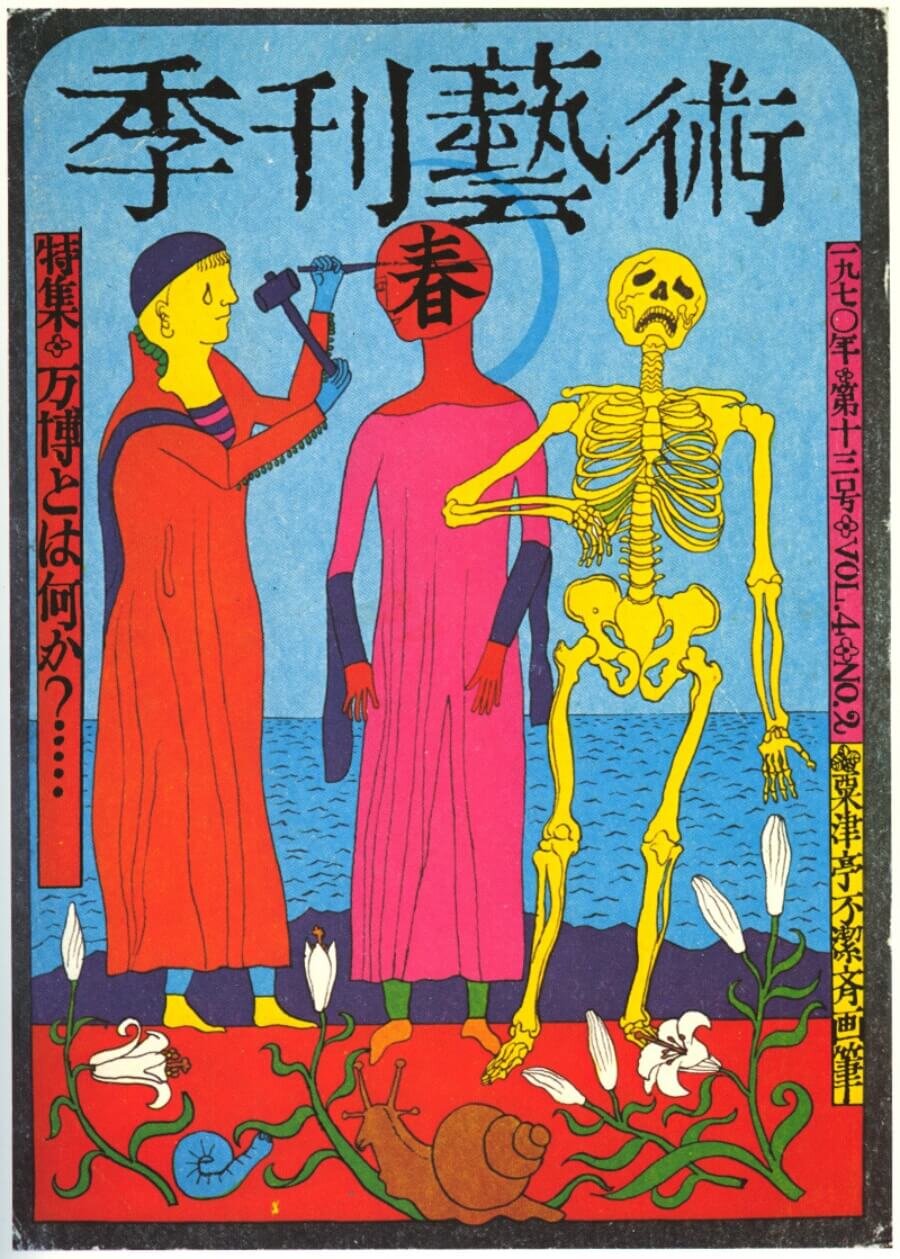
Courtesy of Ken Awazu and 21st Century Museum of Contemporary Art, Kanazawa.
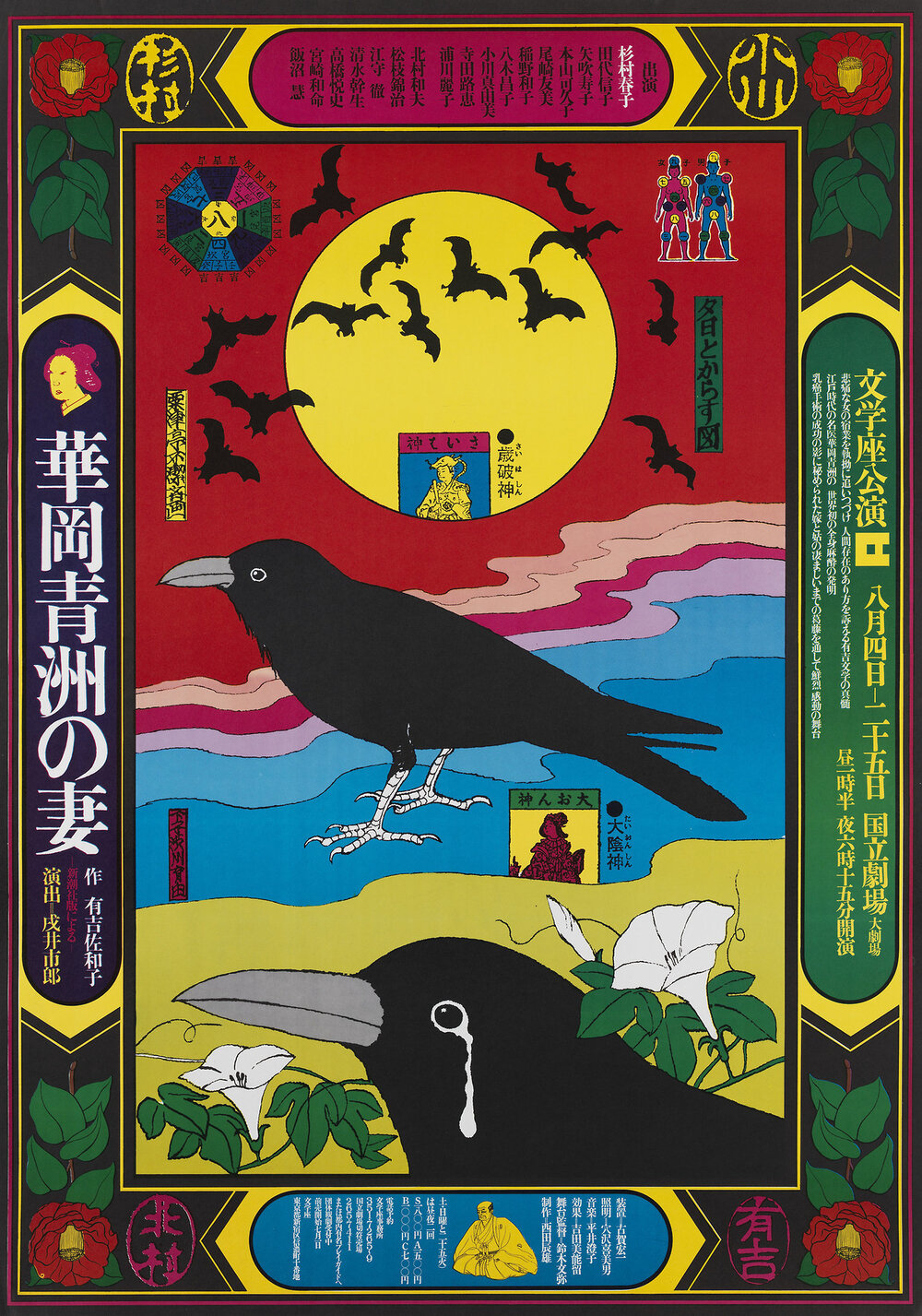
Courtesy of Ken Awazu and 21st Century Museum of Contemporary Art, Kanazawa.
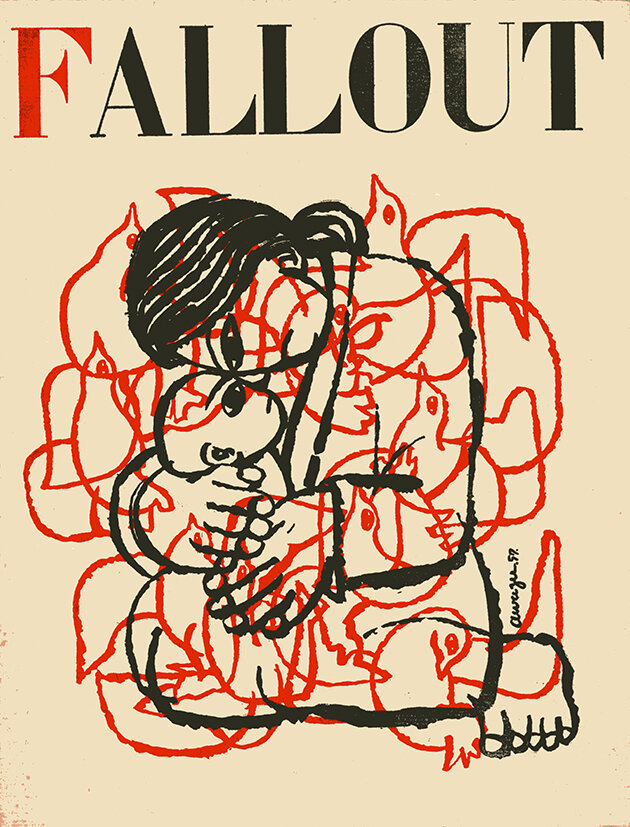
Courtesy of Ken Awazu and 21st Century Museum of Contemporary Art, Kanazawa.
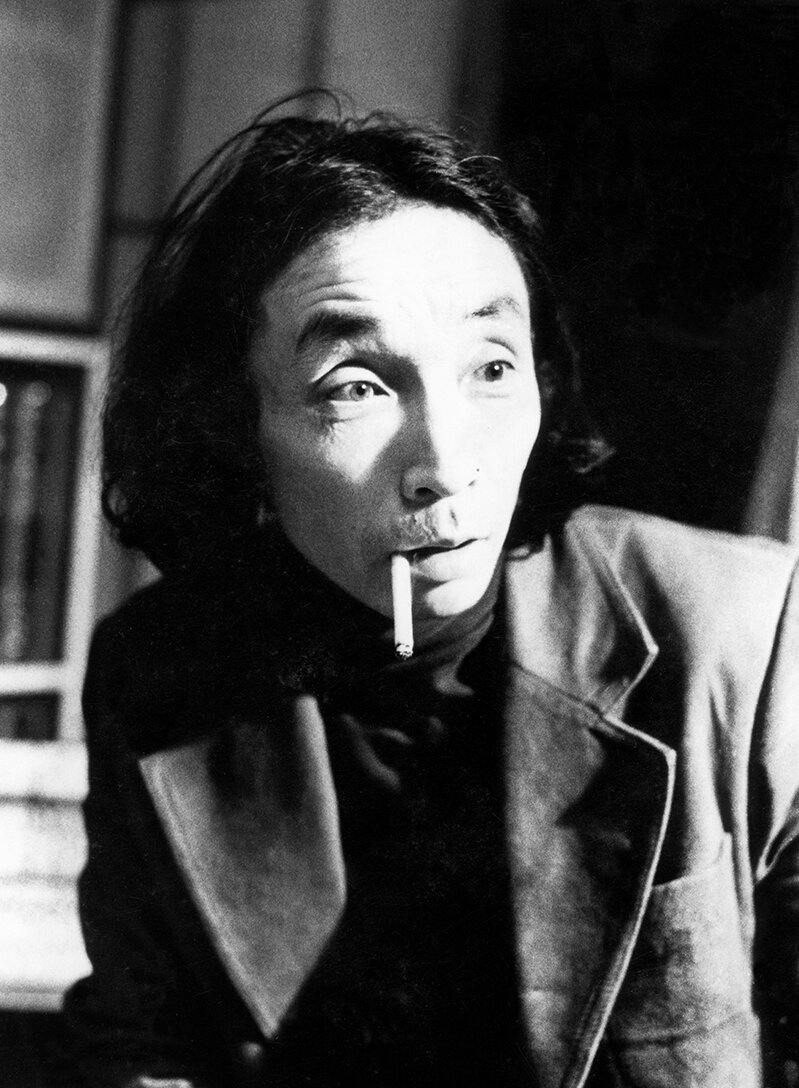
Kiyoshi Awazu. Courtesy of Ken Awazu and 21st Century Museum of Contemporary Art, Kanazawa.
TRENDING
-
Ishiuchi Miyako, A Singular Perspective on Women
Recipient of the 2024 Women in Motion Award, the photographer creates intimate portraits of women through the objects they left behind.

-
Recipe for Ichiraku Ramen from ‘Naruto’ by Danielle Baghernejad
Taken from the popular manga with the character of the same name who loves ramen, this dish is named after the hero's favourite restaurant.

-
Namio Harukawa, Master of Japanese SM Art
'Garden of Domina' offers a dive into the world of an icon of ‘oshiri’, whose work has now reached a global audience.

-
The Tattoos that Marked the Criminals of the Edo Period
Traditional tattoos were strong signifiers; murderers had head tattoos, while theft might result in an arm tattoo.

-
The Emperor of Japanese Porn is Now the Star of a Netflix Series
Deliciously funny, The Naked Director especially succeeds in reviving the atmosphere that was so characteristic of 1980s Japan.



